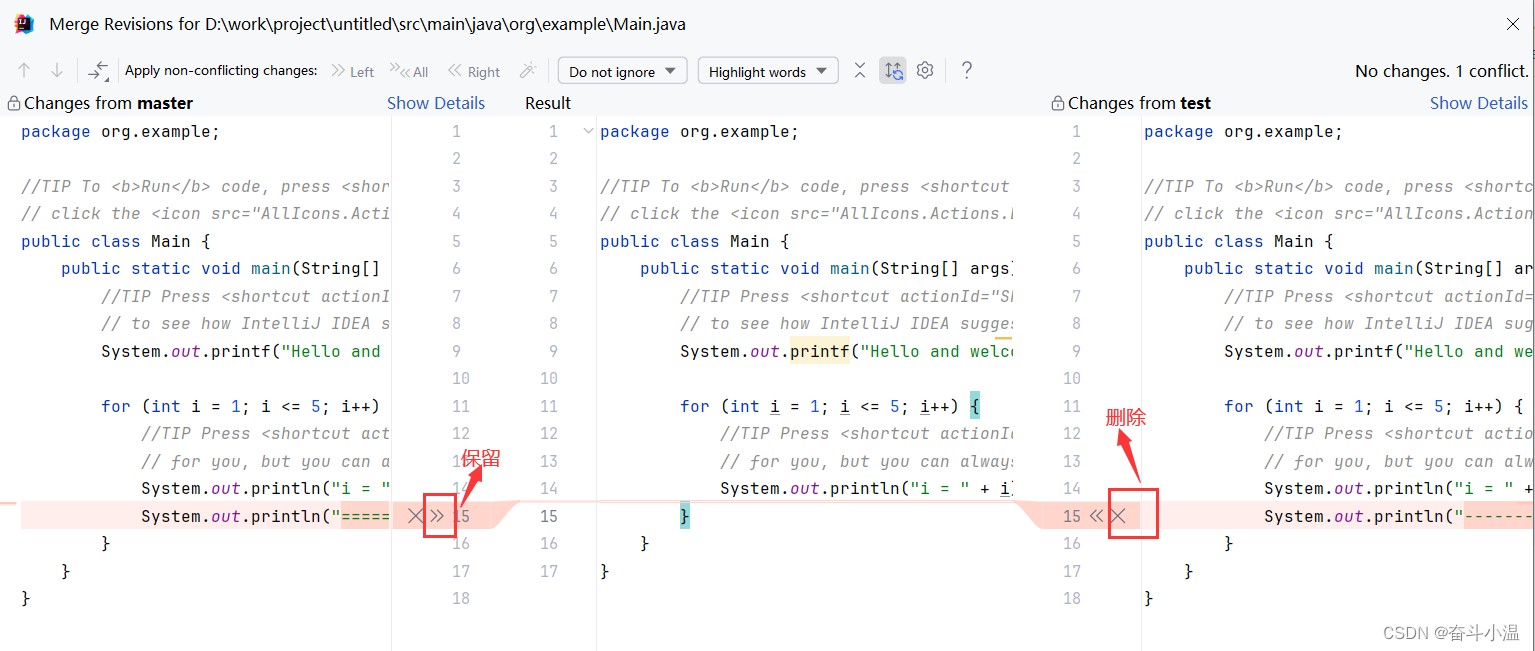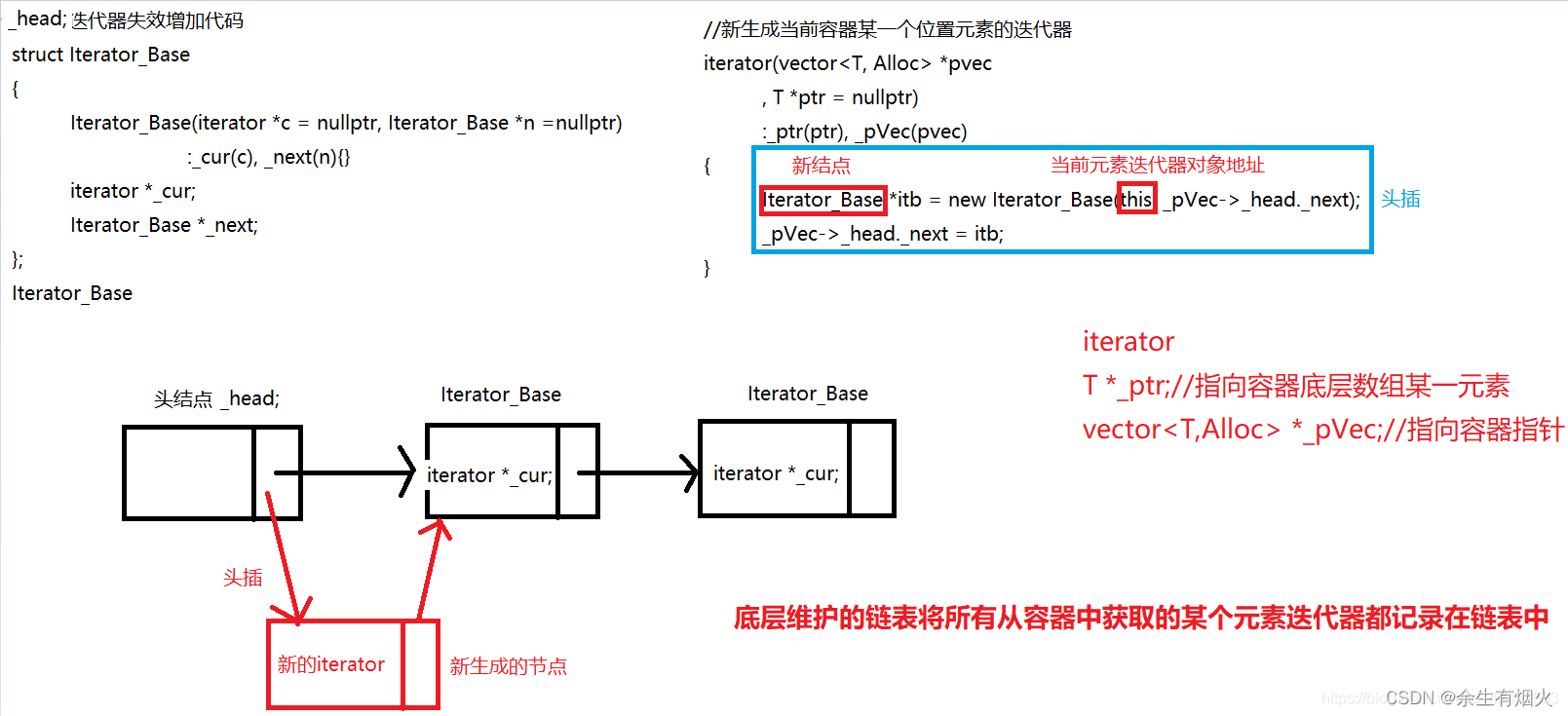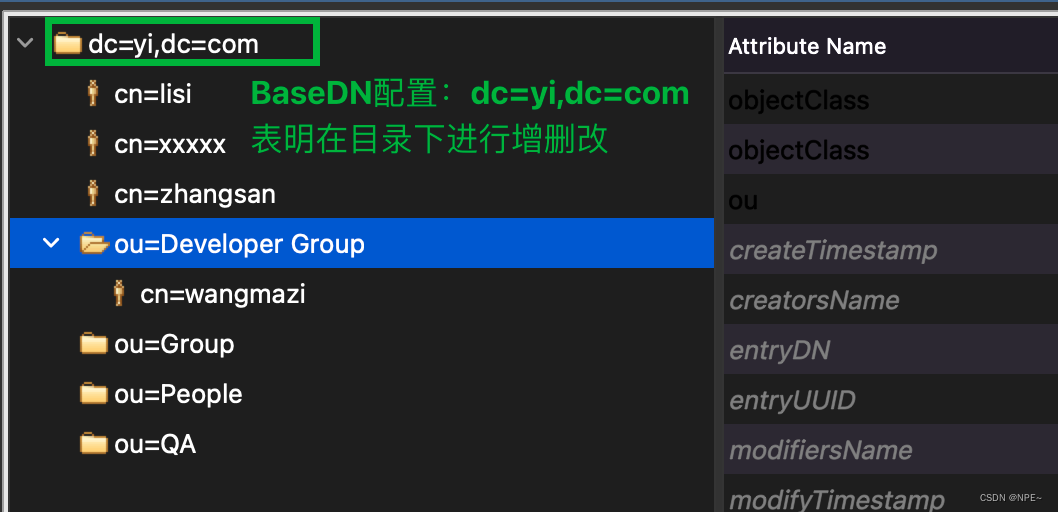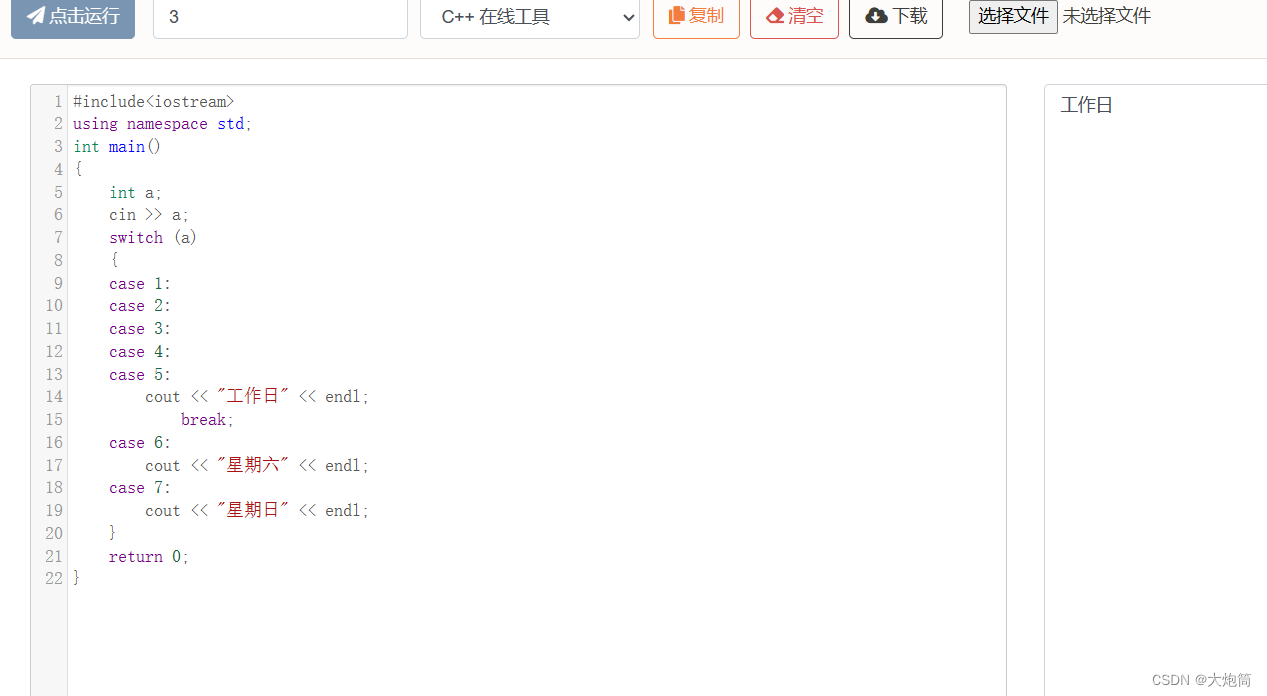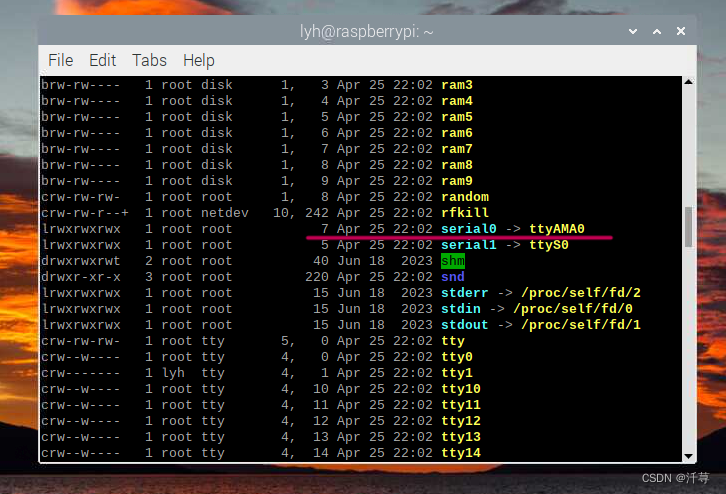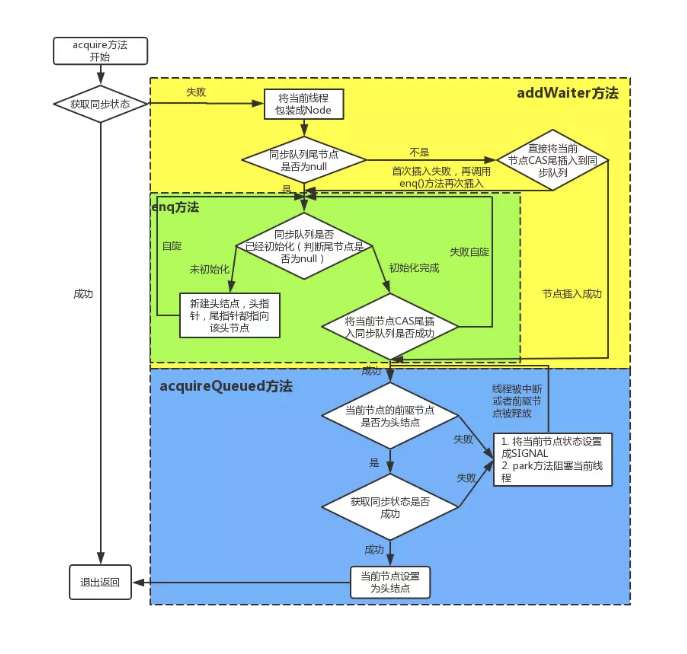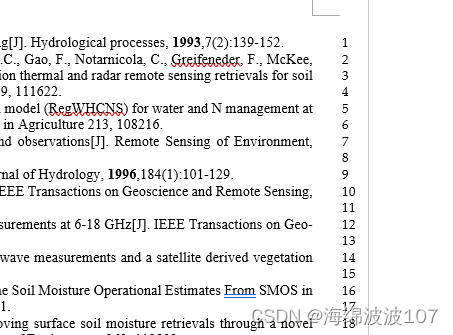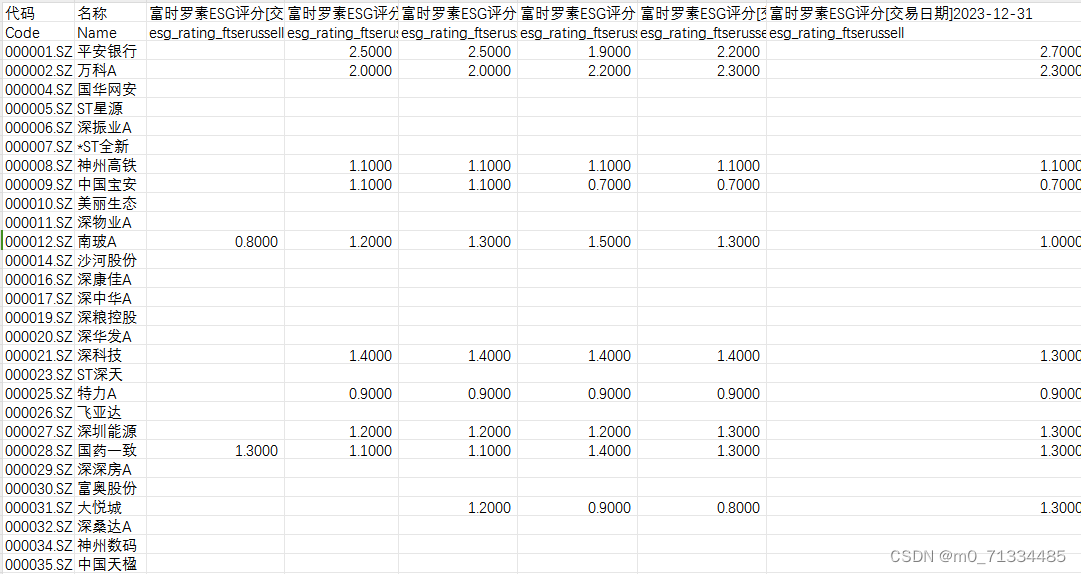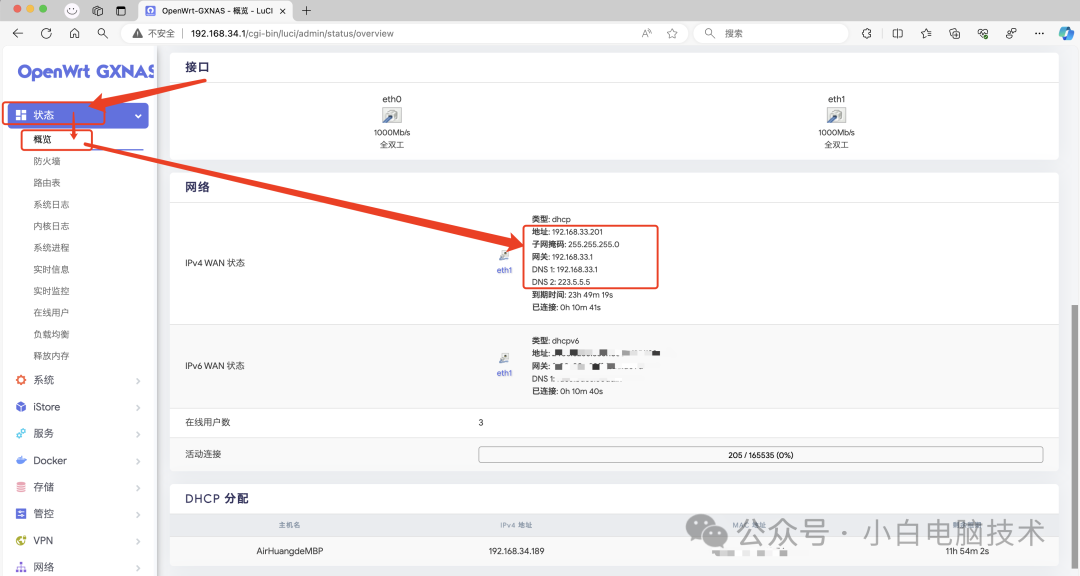文章目录
- (十五)模型部署:ONNX和ONNX Runtime
- ONNX 和 ONNX Runtime的关系
- 将PyTorch模型导出为ONNX格式
- 使用Netron可视化ONNX模型图
- 检查ONNX模型
- 验证ONNX Runtime推理结果
- 使用ONNX Runtime运行超分模型
(十五)模型部署:ONNX和ONNX Runtime
ONNX 和 ONNX Runtime的关系
ONNX(模型表示格式):Open Neural Network Exchange(ONNX)一种用于表示深度学习模型的标准格式。这个格式允许将模型从一个深度学习框架转移到另一个框架,以及在不同平台上进行推理。
ONNX Runtime(推理引擎):ONNX Runtime(ORT) 是一个用于运行和执行 ONNX 模型的推理引擎。ONNX Runtime 提供了高性能、低延迟的深度网络模型推理,并且是跨平台的,支持各种操作系统和设备。ONNX Runtime已被证明可以显著提高多个模型的推理性能。
想用ONNX和ONNX Runtime进行Pytorch模型部署,首先需要安装以下Python包:
pip install --upgrade onnx onnxscript onnxruntime
将PyTorch模型导出为ONNX格式
Pytorch中torch.onnx模块提供API来从PyTorch的 torch.nn.Module模块捕获计算图,并将其转换为ONNX格式。从PyTorch 2.1开始,ONNX Exporter有两个版本。
torch.onnx.dynamo_export是基于PyTorch 2.0发布的TorchDynamo技术的最新Exporter(仍处于测试版)
torch.onnx.export则基于TorchScript,自PyTorch 1.2.0以来一直可用
本文只介绍torch.onnx.export,关于torch.onnx.dynamo_export,可阅读:
https://pytorch.org/tutorials/beginner/onnx/intro_onnx.html
https://pytorch.org/tutorials/beginner/onnx/export_simple_model_to_onnx_tutorial.html
下面将以一个图像超分模型为例,介绍如何使用基于TorchScript 的torch.onnx.export将PyTorch中定义的模型转换为ONNX格式。
import numpy as np
from torch import nn
import torch.utils.model_zoo as model_zoo
import torch.onnx
import torch.nn as nn
import torch.nn.init as init
# 1 搭建一个超分模型。
class SuperResolutionNet(nn.Module):
def __init__(self, upscale_factor, inplace=False):
super(SuperResolutionNet, self).__init__()
self.relu = nn.ReLU(inplace=inplace)
self.conv1 = nn.Conv2d(1, 64, (5, 5), (1, 1), (2, 2))
self.conv2 = nn.Conv2d(64, 64, (3, 3), (1, 1), (1, 1))
self.conv3 = nn.Conv2d(64, 32, (3, 3), (1, 1), (1, 1))
self.conv4 = nn.Conv2d(32, upscale_factor ** 2, (3, 3), (1, 1), (1, 1))
self.pixel_shuffle = nn.PixelShuffle(upscale_factor)
self._initialize_weights()
def forward(self, x):
x = self.relu(self.conv1(x))
x = self.relu(self.conv2(x))
x = self.relu(self.conv3(x))
x = self.pixel_shuffle(self.conv4(x))
return x
def _initialize_weights(self):
init.orthogonal_(self.conv1.weight, init.calculate_gain('relu'))
init.orthogonal_(self.conv2.weight, init.calculate_gain('relu'))
init.orthogonal_(self.conv3.weight, init.calculate_gain('relu'))
init.orthogonal_(self.conv4.weight)
# 创建一个模型实例
torch_model = SuperResolutionNet(upscale_factor=3)
# 2 训练模型或者直接导入预训练的模型参数,这里采用后者:
model_url = 'https://s3.amazonaws.com/pytorch/test_data/export/superres_epoch100-44c6958e.pth'
map_location = lambda storage, loc: storage
if torch.cuda.is_available():
map_location = None
torch_model.load_state_dict(model_zoo.load_url(model_url, map_location=map_location))
# 3 将模型转换为推理模式。
# 这是必需的,因为像dropout或batchnorm这样的运算符在推理和训练模式中表现不同。
# set the model to inference mode
torch_model.eval()
# 4 导出ONNX模型
batch_size = 1 # just a random number
## 首先需要提供一个输入张量x。只要它是正确的类型和大小,其中的值就可以是随机的。
x = torch.randn(batch_size, 1, 224, 224, requires_grad=True)
## 导出模型
torch.onnx.export(torch_model, # 模型
x, # 模型输入
"super_resolution.onnx", # onnx文件保存路径
export_params=True, # 将经过训练的参数权重存储在模型文件中
opset_version=10, # ONNX的版本
do_constant_folding=True, # 执行常量折叠(constant folding)进行优化
input_names = ['input'], # 模型输入的名字
output_names = ['output'], # 模型输出的名字
dynamic_axes={'input' : {0 : 'batch_size'}, # 将第一个维度指定为dynamic
'output' : {0 : 'batch_size'}})
# 计算原始Pytorch模型的输出,用于验证导出的ONNX 模型是否能计算出相同的值。
torch_out = torch_model(x) # 计算原始Pytorch模型的输出
请注意,除非在dynamic_axes指定,否则ONNX模型中输入和输出的尺寸大小都是固定的。在本例中,在torch.onnx.export()中的dynamic_axies参数中将第一个维度指定为dynamic。这使得导出的模型接受大小为 [batch_size, 1, 224, 224]的输入,其中batch_size是可变的。
使用Netron可视化ONNX模型图
Netron可以对ONNX模型图进行可视化。Netron除了可以安装在macos、Linux或Windows系统的计算机上,还可以在浏览器上运行:https://netron.app/
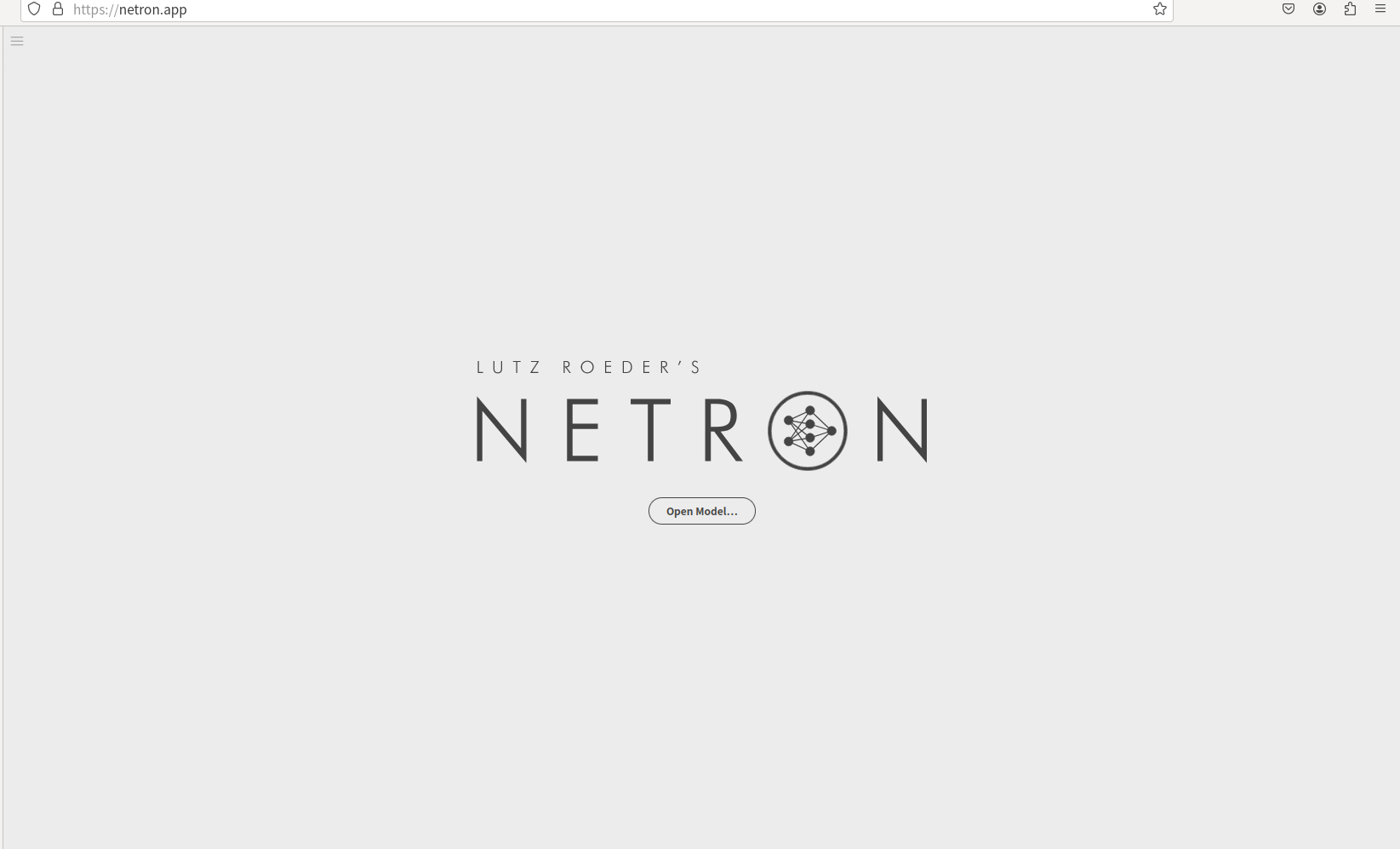
打开Netron后,我们可以将.onnx文件拖放到浏览器中,也可以在单击“打开模型”从文件目录选择它,进行可视化:
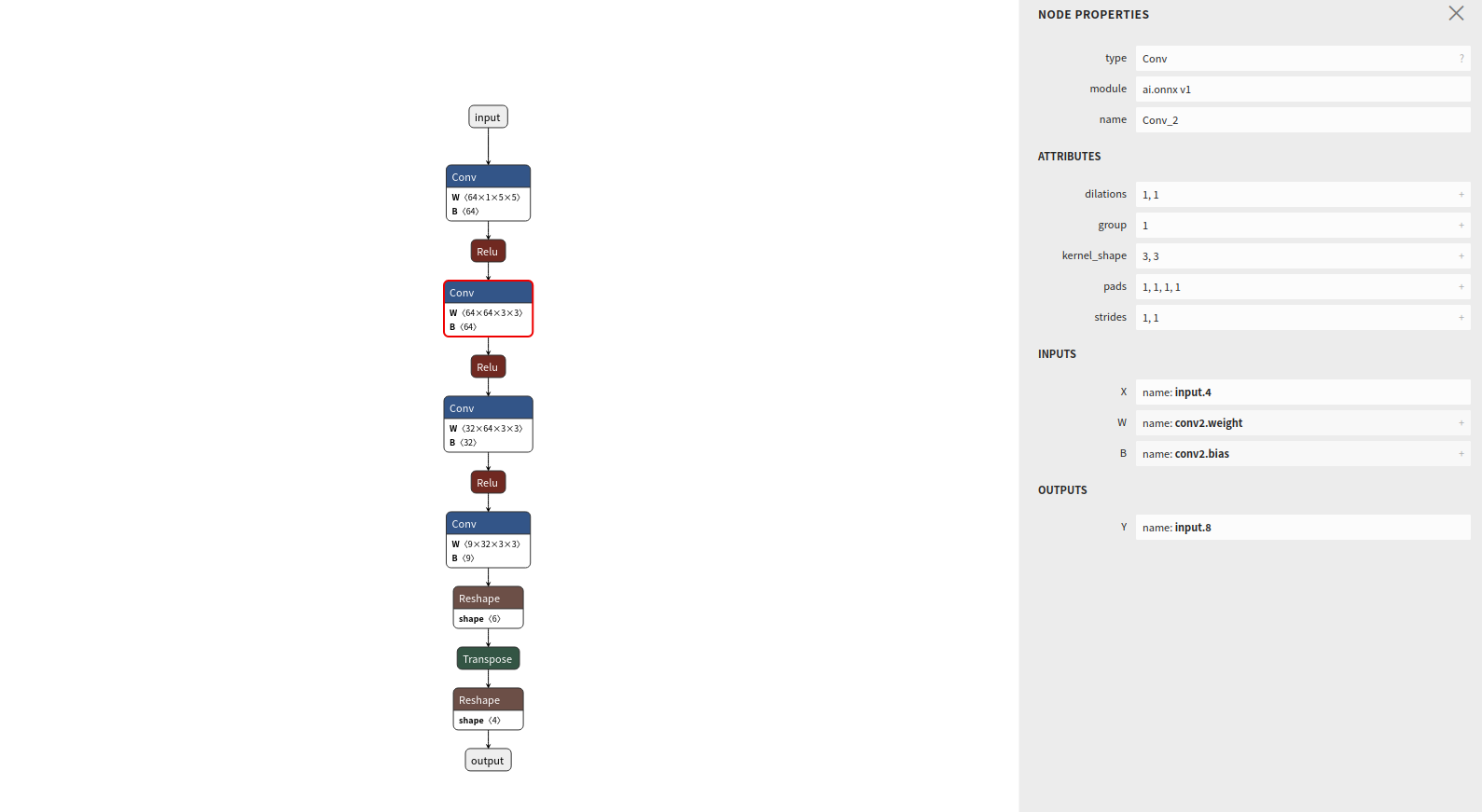
检查ONNX模型
在使用ONNX Runtime进行推理之前,我们先使用ONNX API检查ONNX模型。
import onnx
# 加载onnx模型
onnx_model = onnx.load("super_resolution.onnx")
# 验证ONNX模型的有效性,包括通过检查模型的版本、图的结构和节点及其输入和输出
onnx.checker.check_model(onnx_model)
验证ONNX Runtime推理结果
现在,让我们使用ONNX Runtime的Python API来进行推理。
这一部分通常是在另一个进程中或在另一台机器上完成。为了验证ONNX Runtime和PyTorch原始网络模型计算的值是否近似,我们在一个进程进行。
import onnxruntime
# 创建一个推理会话
ort_session = onnxruntime.InferenceSession("super_resolution.onnx", providers=["CPUExecutionProvider"])
def to_numpy(tensor):
return tensor.detach().cpu().numpy() if tensor.requires_grad else tensor.cpu().numpy()
# 使用ONNX Runtime进行推理
ort_inputs = {ort_session.get_inputs()[0].name: to_numpy(x)}
ort_outs = ort_session.run(None, ort_inputs)
# ONNX Runtime和PyTorch原始网络模型输出的近似程度没有达到指定精度(rtol=1e-03和atol=1e-05),将抛出异常。
np.testing.assert_allclose(to_numpy(torch_out), ort_outs[0], rtol=1e-03, atol=1e-05)
print("Exported model has been tested with ONNXRuntime, and the result looks good!")
使用ONNX Runtime运行超分模型
import numpy as np
import onnxruntime
from PIL import Image
import torchvision.transforms as transforms
def to_numpy(tensor):
return tensor.detach().cpu().numpy() if tensor.requires_grad else tensor.cpu().numpy()
# 创建一个推理会话
ort_session = onnxruntime.InferenceSession("super_resolution.onnx", providers=["CPUExecutionProvider"])
# 加载图像与预处理
img = Image.open("cat.jpg")
resize = transforms.Resize([224, 224])
img = resize(img)
img_ycbcr = img.convert('YCbCr')
img_y, img_cb, img_cr = img_ycbcr.split()
to_tensor = transforms.ToTensor()
img_y = to_tensor(img_y)
img_y.unsqueeze_(0)
# 在ONNX Runtime中运行超分辨率模型
ort_inputs = {ort_session.get_inputs()[0].name: to_numpy(img_y)}
ort_outs = ort_session.run(None, ort_inputs)
img_out_y = ort_outs[0]
# 从输出张量构造最终输出图像,并保存
img_out_y = Image.fromarray(np.uint8((img_out_y[0] * 255.0).clip(0, 255)[0]), mode='L')
final_img = Image.merge(
"YCbCr", [
img_out_y,
img_cb.resize(img_out_y.size, Image.BICUBIC),
img_cr.resize(img_out_y.size, Image.BICUBIC),
]).convert("RGB") # Cr, Cb通道通过插值发大
final_img.save("cat_superres_with_ort.jpg")
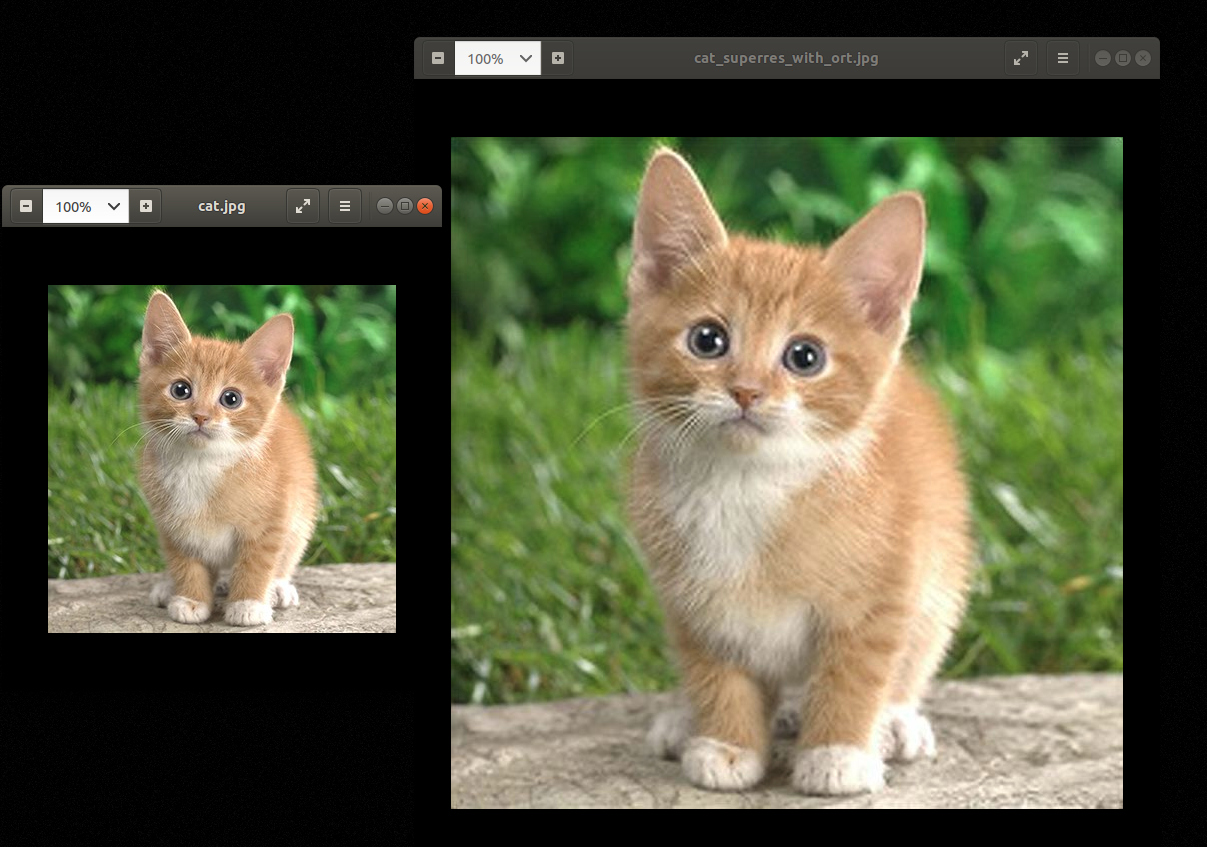
参考:
https://pytorch.org/tutorials/advanced/super_resolution_with_onnxruntime.html

